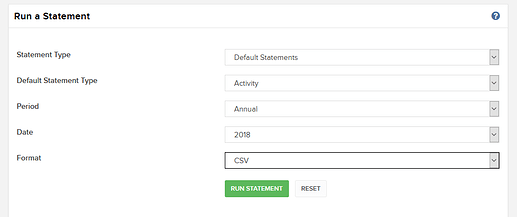here is my current (randomized data…) IB-to-beancount import excel sheet.
So far it features stocks and Forex transactions, Dividends and Witholding Tax.
It’s by no means a clean solution and requires adjustments to the labeling of your bean accounts, but if you spend 10 minutes on how the strings are gnerated, you will quickly be able to adjust it to your need.
the manual, just after @Tino’s guide above:
- get the default activity statement from IB of the time u like like annual or year to date in CSV format
2.open with excel or a text editor, find the sections with “Trades”, “Dividends” and “witholding Tax” in the first column. copy paste to the accorting place in my Excel sheet. Dividends and Witholdong taxes go side-by-side, not after each other. replace my random data, it is there to have a working example. - adjust the account namings to your conventions (one-time effort)
- copy the column BT (“VSCODE sttings”) to your ledger
- search & replace the ***** tags by newline
bean-check your document ![]()

